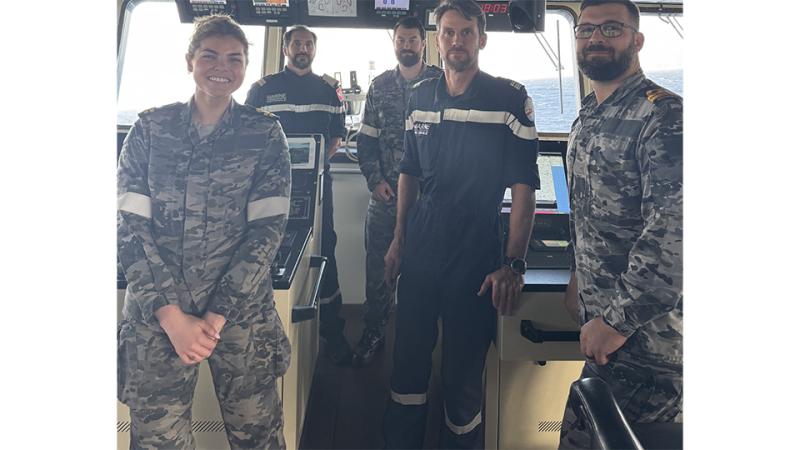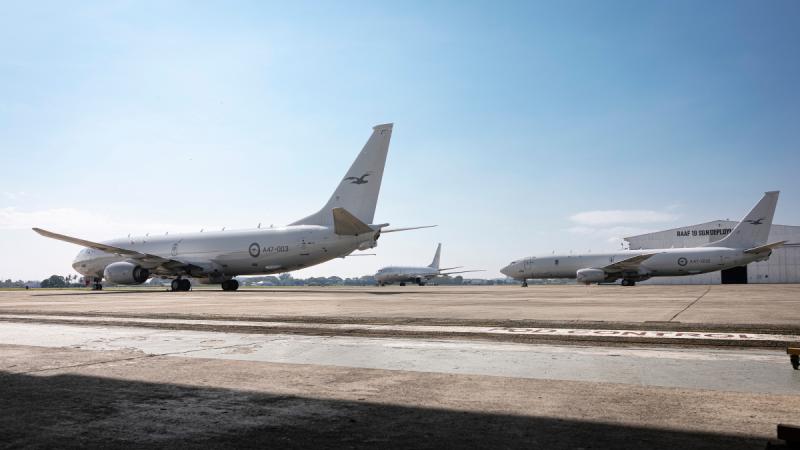7 July 2025
Australian Army soldiers have conducted training with the Armed Forces of Philippines in demolitions, field obstacles and search, as well as building fighting pits, bunkers and obstacles.
More than 80 Australian soldiers, mostly from 1st Brigade, integrated with about 140 Philippine Army personnel from May 20 to June 23 for the joint training at Camp Kibaritan, in Northern Mindanao, part of the Philippines' Exercise Kasangga.
An Australian infantry reconnaissance element also helped Filipino recon companies reassume more traditional recon roles.
Contingent commander Major Brendan Xenos said the Philippine Army typically used forward operating bases from which platoons would go out for tasks.
To shake this up, they conducted an area-defence exercise – not something typically related to counterinsurgency.
Each week started with theory lessons by Australians and Filipinos, before moving on to practical exercises.
The activity culminated with the force operating as a joint combat engineer battalion, supported by infantry recon, for a field-training exercise.
Each platoon had two to three Filipino sections and one of Australians, led by an Aussie or Philippine officer.
The final exercise was facilitated by an observer and trainers from Philippine Army Training Command.
'Southeast Asia is an area where we may conduct operations in the future, so it’s about learning to survive and fight in that region.'
While Major Xenos was glad to help shape the Filipinos’ combat engineer capability, the biggest lesson he took home was the usefulness of bamboo.
His contingent used it for everything from radio racks and revetments for pits, to machine gun stakes and cooking vessels.
“It’s a locally sourced material that’s versatile and strong, while not putting a burden on your logistics train,” Major Xenos said.
Being in a remote location without a logistics element reminded Major Xenos that his soldiers would sometimes have to make do with what they could locally source.
“It’s really important we understand our operating environment. Southeast Asia is an area where we may conduct operations in the future, so it’s about learning to survive and fight in that region,” he said.
“It’s also important we make relationships with allied nations to ensure we can work together if the worst should happen.
“You can have the best equipment in the world, but it’s about your team and having a common purpose.
“By the end, we’d become one team and worked quite effectively together.”
The engagement was conducted as part of the Joint Australian Training Team – Philippines (JATT-P) program.
In 2025, JATT-P will involve more than 20 training activities and exchanges between the ADF and Armed Forces of the Philippines, more than doubling the number of exchanges delivered in 2024.


